Remember when summer camp was a wild adventure where kids were basically set free to explore, create, and yes, occasionally get into a little trouble? The 1970s were a different time, when helicopter parenting hadn’t been invented yet and camp counselors trusted kids to use their common sense—or learn from their mistakes. Those sun-soaked summers were filled with activities that would make today’s safety coordinators break out in hives, but somehow we all survived to tell the tales.
1. Overnight Solo Camping in the Woods
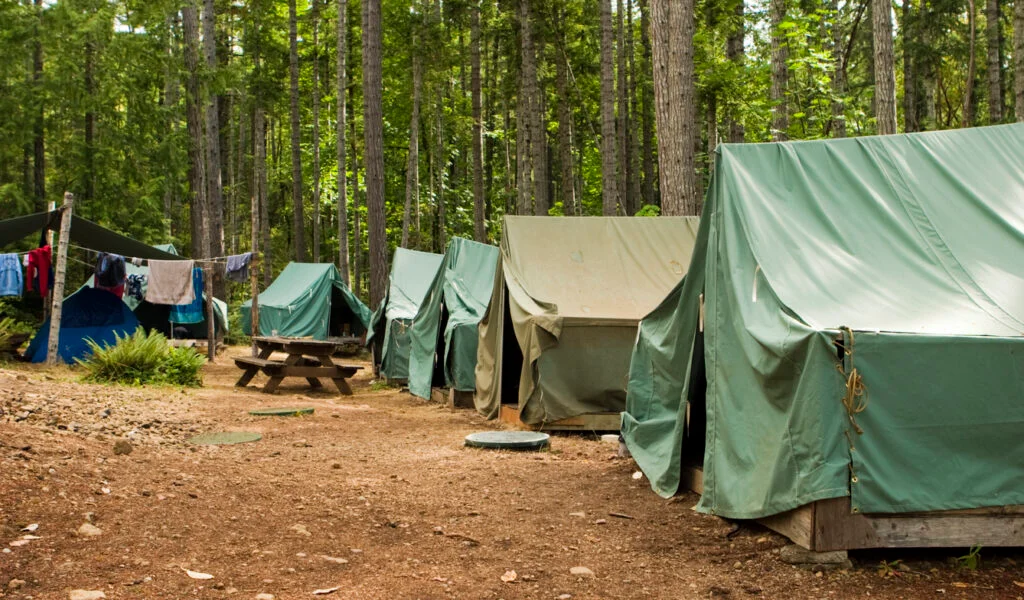
Picture this: armed with nothing but a sleeping bag, a flashlight, and maybe a granola bar, 12-year-olds would venture into the forest alone for their “survival night.” Camp counselors would drop you off at a designated spot about a mile from camp, wish you luck, and promise to check on you in the morning. The goal was to build your own shelter, start a fire if you could manage it, and spend the night communing with nature and your own fears.
Today’s parents would have the camp director arrested for child endangerment, but back then it was considered character building. You’d lie there listening to every snap of a twig, convinced a bear was stalking you, only to realize it was probably just a raccoon looking for snacks. The morning pickup often revealed kids who had barely slept but felt like they’d conquered the wilderness—even if they’d spent half the night crying for their mom.
2. Unsupervised Canoe Trips Down Rapids
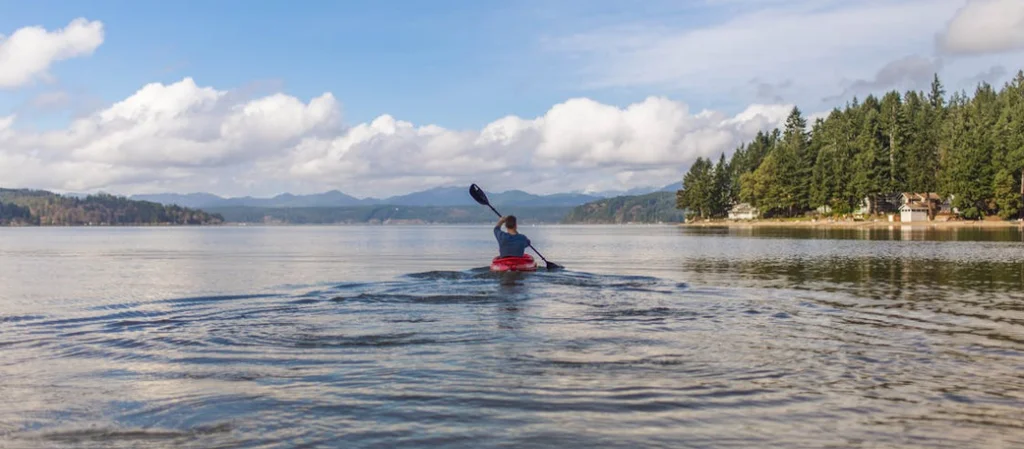
Camp counselors would load up a bunch of kids in aluminum canoes and send them down genuine whitewater rapids with minimal instruction and zero adult supervision. The safety briefing consisted of “paddle hard, lean into the turns, and try not to flip over.” Life jackets were optional, and the orange foam rectangles they called “safety cushions” were considered adequate protection for navigating Class II rapids.
The counselors would drive to the pickup point downstream and wait for campers to show up, hoping everyone would arrive eventually. Half the fun was figuring out what to do when your canoe inevitably got stuck on a rock or when your paddle partner decided to have a meltdown mid-rapid. These days, such an activity would require a flotilla of safety kayakers, certified river guides, and probably a helicopter on standby.
3. Midnight Cabin Invasions
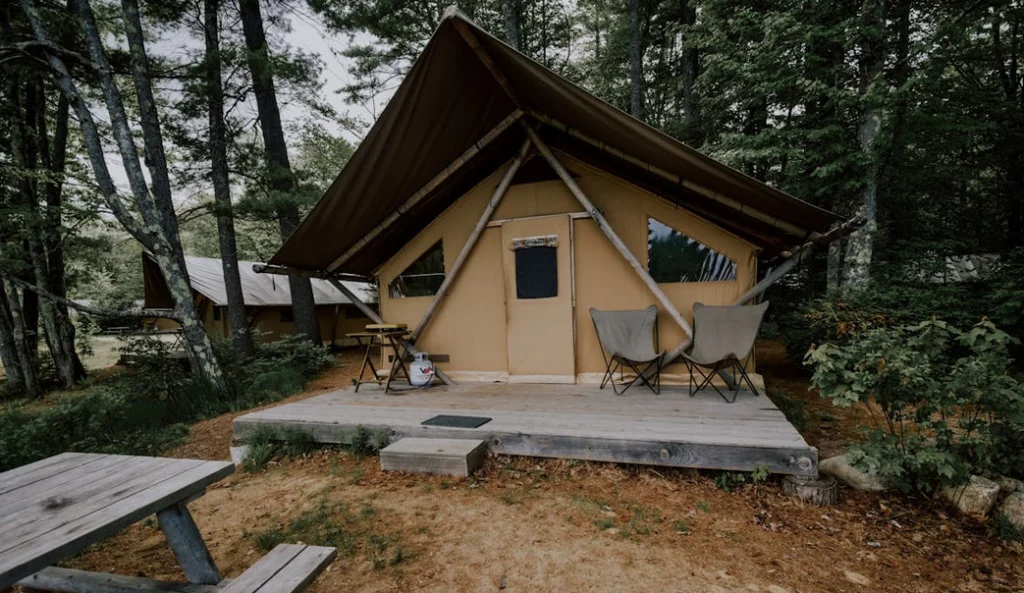
One of summer camp’s most legendary traditions involved elaborate pranks between boys’ and girls’ cabins that would today be classified as breaking and entering. Armed with shaving cream, silly string, and pure mischief, kids would sneak into rival cabins in the dead of night to pull off elaborate pranks. The goal was to be as creative and annoying as possible while avoiding the flashlight patrols of counselors who were usually in on the joke.
These midnight missions often involved stealing, short-sheeting beds, or filling sleeping bags with pine cones and marshmallows. The pranks escalated throughout the summer, with some cabins setting up elaborate booby traps or fake ghost scenarios to catch intruders. Today’s camps would shut down such activities faster than you could say “harassment lawsuit,” but back then it was all considered part of the camp bonding experience.
4. Homemade Fireworks and Chemistry Experiments
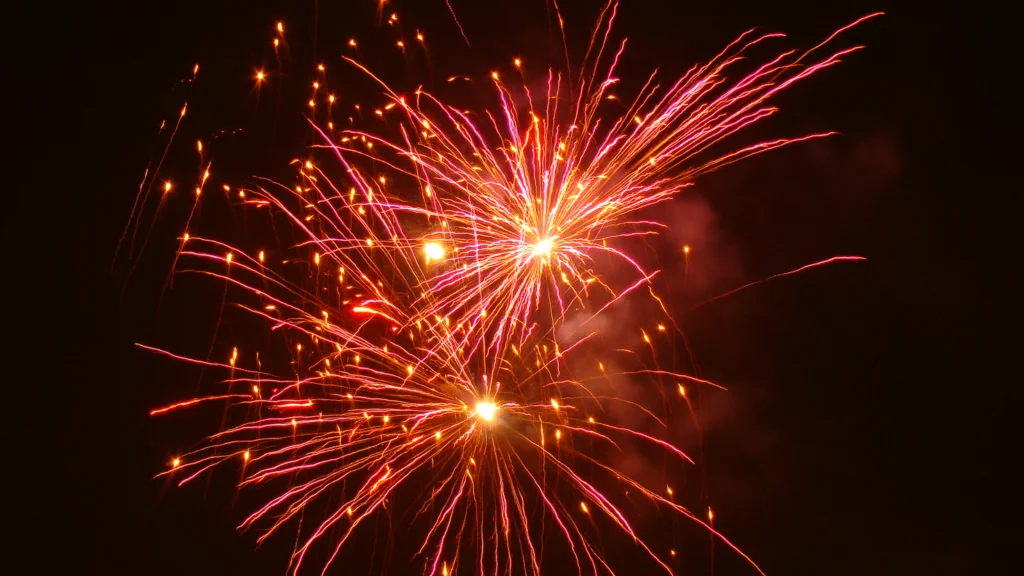
Arts and crafts took on a whole new meaning when camp counselors let kids mix their own explosive compounds for Fourth of July celebrations. Armed with basic chemistry sets, toilet paper tubes, and questionable adult supervision, campers would create their own bottle rockets, smoke bombs, and “sparklers” using materials that would make modern safety experts faint. The science counselor would demonstrate how to mix potassium nitrate with various substances, and then basically let kids experiment on their own.
The resulting explosions were unpredictable at best, and more than a few eyebrows were singed in the name of scientific discovery. Kids learned chemistry through trial and error, with the occasional small explosion serving as a memorable lesson in cause and effect. These days, camps stick to vinegar-and-baking-soda volcanoes, but we got to feel like real mad scientists creating actual combustible reactions.
5. Hitchhiking to Town for Supplies
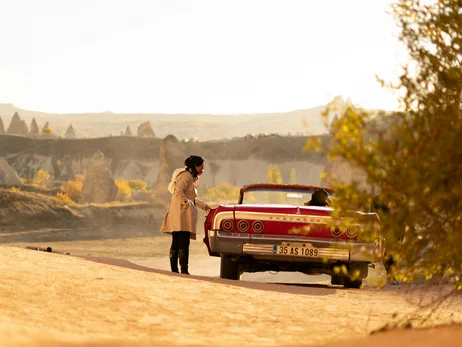
When camp ran out of marshmallows or craft supplies, a group of older campers would simply stick out their thumbs and hitchhike into the nearest town to restock. This wasn’t considered dangerous—it was just the most practical way to get to the general store when the camp van was broken down or being used for something else. Counselors would give kids a shopping list and whatever cash was in the petty fund, then wave goodbye as they walked to the main road.
The adventure of getting a ride from a local farmer or friendly townsperson was half the fun, and most rides came with stories about the area or advice about life. Kids would return hours later with supplies, candy they’d bought with leftover change, and tales of their journey into civilization. Today’s world of stranger danger and background checks has made such casual trust between communities and children nearly impossible to imagine.
6. Tree Climbing Competitions Without Safety Gear

Before rock climbing walls with safety harnesses, camps held tree climbing contests where kids would scale massive oaks and pines armed with nothing but determination and canvas sneakers. The goal was to see who could climb highest and ring the bell that counselors had somehow managed to hang 40 feet up in the canopy. No ropes, no helmets, no safety nets—just pure monkey-like enthusiasm and a healthy disregard for gravity.
Camp counselors would stand below offering encouragement and catching the occasional falling camper, but mostly they’d just watch with mild interest as kids figured out their own techniques for navigating branches. The winners got bragging rights and maybe an extra dessert, while everyone else got scraped knees and a healthy respect for bark burn. Modern camps have replaced this with carefully supervised rock walls, but nothing matched the primal satisfaction of conquering a real tree through sheer grit.
7. Unsupervised Horseback Riding Through Open Country
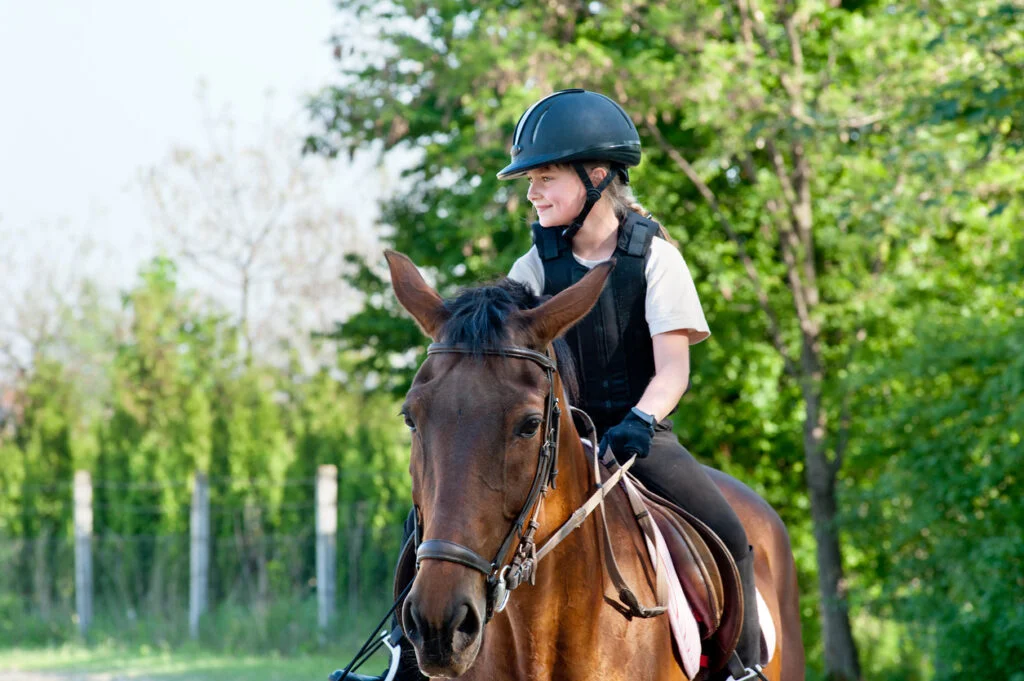
Camp horses were often semi-retired farm animals with minds of their own, and kids were expected to build relationships with their mounts through patience, treats, and occasional falls. After a brief lesson on mounting and basic steering, campers would head out on trail rides through open countryside with minimal adult supervision. The horses knew the trails better than the counselors anyway, and kids learned to trust their mounts while developing genuine riding skills.
These weren’t guided pony rides in circles—these were real adventures through forests, fields, and streams where horses might decide to stop for a drink or chase after their friends. Kids learned to stay on through sudden stops, unexpected trots, and the occasional horse that decided to take a detour through a low-hanging branch. Today’s liability-conscious camps offer carefully controlled riding experiences, but nothing compared to the freedom of galloping through an open meadow on a horse that accepted you as its temporary partner.
8. Building and Racing Homemade Go-Karts
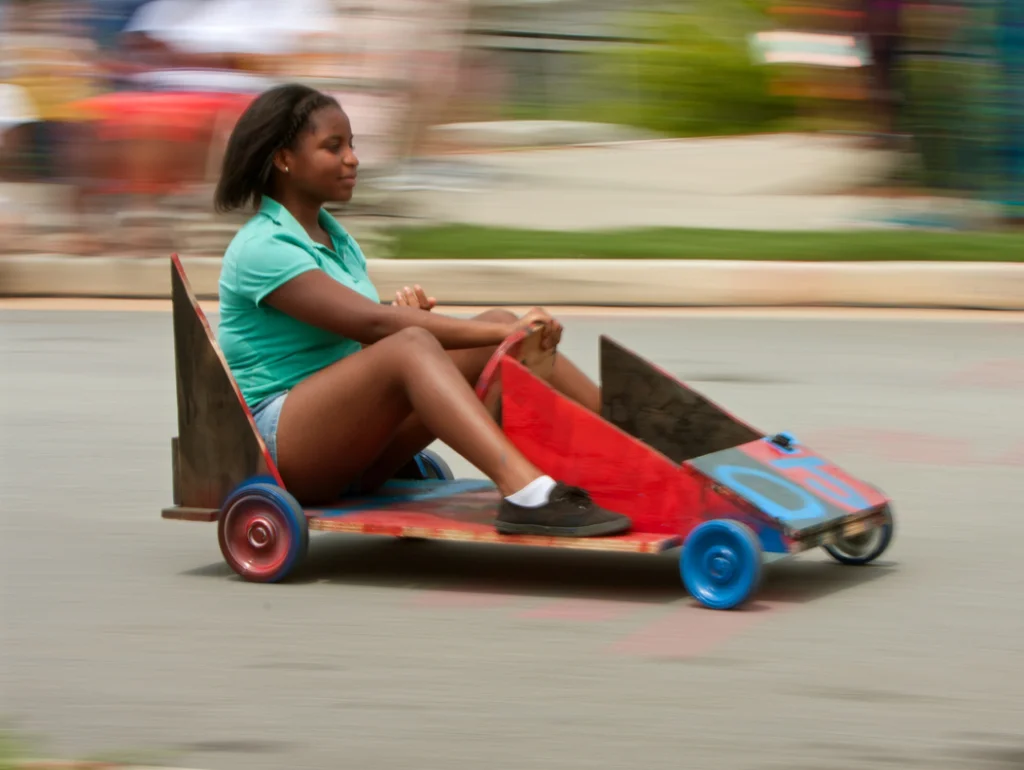
Armed with wooden soap boxes, discarded wagon wheels, and whatever hardware they could scavenge, kids would spend weeks building gravity-powered racing machines. The camp workshop was a chaotic paradise of hammers, saws, and creative engineering where safety goggles were considered optional and fingers were expected to stay attached through luck and quick reflexes. Counselors provided basic guidance but mostly let kids figure out aerodynamics, weight distribution, and steering mechanisms through trial and error.
Race day involved sending these homemade rockets down the steepest hill on camp property, with crashes being as celebrated as victories. Some go-karts would disintegrate spectacularly mid-race, while others would achieve speeds that would terrify their young drivers. The engineering lessons were hands-on and permanent, especially when you had to explain to your parents why you came home with a cast on your arm and a story about “improving the design for next year.”
9. Campfire Cooking Without Adult Supervision

Kids as young as 10 were given matches, shown how to build a fire, and then left to cook their own meals over open flames. This wasn’t just roasting hot dogs on sticks—campers would prepare entire meals using Dutch ovens, reflector ovens, and ingenious contraptions made from aluminum foil and green sticks. The learning curve was steep, with plenty of charred disasters and undercooked experiments, but everyone got fed eventually.
The camp kitchen would provide ingredients, but kids had to figure out cooking times, temperature control, and how to keep their food from falling into the coals. Burnt fingers were considered part of the learning process, and everyone developed a healthy respect for fire safety through direct experience rather than lengthy safety presentations. Modern camps still do campfire cooking, but with so much supervision that kids barely get to light their own matches.
10. Exploring Abandoned Buildings and “Haunted” Places

Every camp had its local legends about abandoned houses, old mills, or mysterious ruins that were supposedly haunted, and kids were actively encouraged to explore these places as part of camp folklore. Armed with flashlights and overactive imaginations, groups would venture into creaky buildings, old cellars, and forgotten structures that would today be immediately fenced off and declared safety hazards. These expeditions were part history lesson, part ghost story, and part lesson in overcoming fear.
The camp director might even organize official “ghost tours” that involved genuine exploration of historically significant but structurally questionable buildings. Kids learned local history while navigating rotting floorboards and rusty stairs, developing courage and curiosity in equal measure. Today’s liability concerns have made such adventures impossible, replaced by sanitized “haunted” attractions that lack the genuine thrill of exploring authentic mysteries.
11. Makeshift Rope Swings Over Questionable Water
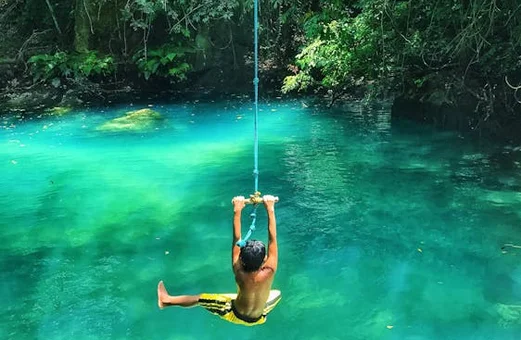
The ultimate camp thrill was the rope swing hanging over the swimming hole, lake, or creek—usually a thick rope tied to the highest tree branch someone could reach. Kids would grab the rope, swing out over the water, and let go at the perfect moment, hoping they’d calculated the arc correctly to avoid the rocks or shallow areas. There were no safety inspections of the rope, no testing of water depth, and definitely no lifeguards stationed below.
The rope swing was a rite of passage that taught kids about physics, timing, and calculated risk-taking all in one terrifying moment of flight. Everyone had their own technique, from the cautious swingers who barely cleared the water to the daredevils who would flip and twist mid-air. Rope burn and belly flops were common injuries, but the bragging rights from a perfect swing lasted all summer long.
12. Overnight Trips to “Survive” on Camp Rations
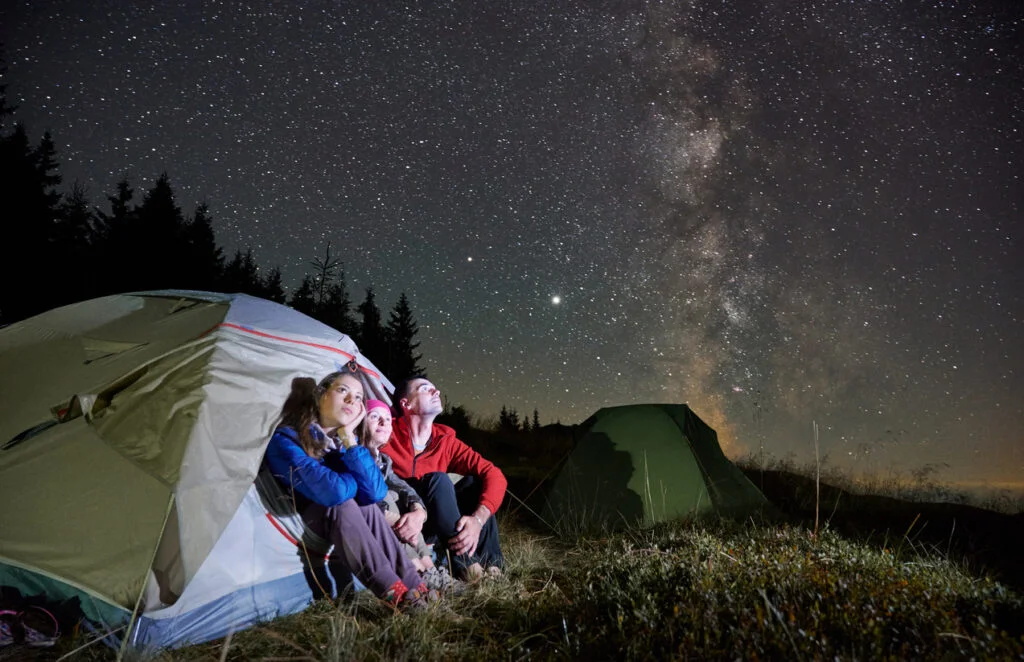
For the ultimate wilderness experience, older campers would embark on multi-day expeditions into the backcountry with nothing but military surplus C-rations, sleeping bags, and basic survival gear. These weren’t luxury camping trips—they were genuine tests of endurance where kids learned to make do with mystery meat in cans, find their own water sources, and sleep under the stars regardless of weather conditions. The food was notoriously awful, but that was part of the character-building experience.
These expeditions taught kids genuine survival skills, self-reliance, and how to function as a team when things got uncomfortable. Rain, bugs, and questionable food were all part of the adventure, and kids returned to camp with stories that would last a lifetime. Today’s camping experiences focus more on comfort and supervised learning, but those spartan survival trips created memories and confidence that lasted long after the taste of canned ham had faded.
Those summer camp memories from the ’70s represent more than just nostalgia—they’re reminders of a time when childhood was considered preparation for real life, complete with genuine risks and authentic consequences. We learned courage by facing actual fears, developed problem-solving skills through real challenges, and built confidence by succeeding (or failing) on our own terms. While modern camps offer safer, more structured experiences, there’s something irreplaceable about those wild, unsupervised adventures that taught us we were tougher and more capable than we ever imagined.
This story Camp Activities From the ’70s That Would Never Fly Today was first published on Takes Me Back.


